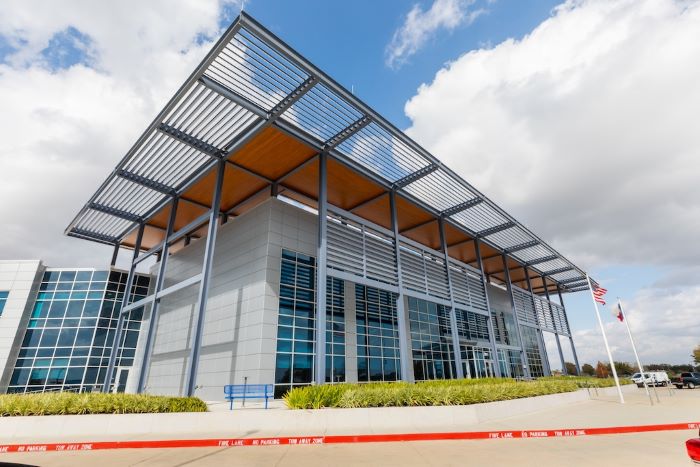Local Energy Companies Investing in Houston’s Future Workforce
Published Mar 13, 2024 by Hailea Schultz
To accommodate the growing demand for skilled workers, major energy companies are investing in local universities and colleges to equip the future workforce with the necessary skills needed to achieve an energy-abundant and low carbon future.
Shell Energy and bp America recently made a $1.7 million donation to Prairie View A&M (PVAM) to support the establishment of an energy trading program that aims to increase diversity in the industry. The two-year program will offer classroom and corporate training and individual mentoring experience, according to PVAM’s news release.
“The students at Prairie View A&M University are primed to bring new perspectives and voices into the energy sector,” said Carolyn Comer, President, Shell Energy North America. “The Energy Trading Program is a significant step in attracting the best and most diverse talent and giving them the training, mentoring and hands-on experience needed to forge successful paths after graduation.”
This isn’t the first investment into PVAM for Shell or bp. Last year, bp awarded the university $1.35 million through its HBCU Fellowship Program, providing students with scholarship funding, exposure to the energy industry and career development experience.
“We need the best and the brightest talent as we transform our company,” said Mark Crawford, bp’s senior vice president, global diversity, equity and inclusion. “We are thrilled to work with [Prairie View A&M University] and provide students with an opportunity to earn a degree while giving them real-world experience in the exciting and evolving energy sector.”
LyondellBasell has also taken major strides to advance this effort by partnering with San Jacinto College. In 2019, the energy giant helped the university open its Center for Petrochemical Energy and Technology through a $5 million donation. Featuring an array of interactive classrooms, labs, workstations and collaborative spaces, the center aims to provide students with hands-on training and experience to equip them for a job in the industry.
"The need for a facility like this has never been greater," Jim Griffin, CPET associate vice chancellor and senior vice president, said in a news release. "We're seeing a growing industry that's investing more than $60 billion in new capital locally. At the same time our baby boomers are exiting the workforce, so the workforce needs are growing along with the job opportunities. This new facility expands the College's capabilities to bridge that gap by developing and training the industry's current and future workforce in a technologically advanced environment designed with industry input."
Recently, Woodside Energy provided $12.5 million to support Rice University’s decarbonization initiative that aims to bring breakthrough decarbonization technology from the Rice labs to market, focusing on manufacturing products derived from captured carbon dioxide and methane.
Additionally, Accenture is also working to bridge the middle-skills gap in Houston’s emerging Hydrogen economy through its collaboration with the Partnership’s Houston Energy Transition Initiative (HETI) and Upskill Houston. This effort will map key hydrogen careers and offer new opportunities for Houston’s disadvantaged communities to be part of the energy transition.
Learn more about Houston's Energy Transition Initiative.
 The Houston Report
The Houston Report




















